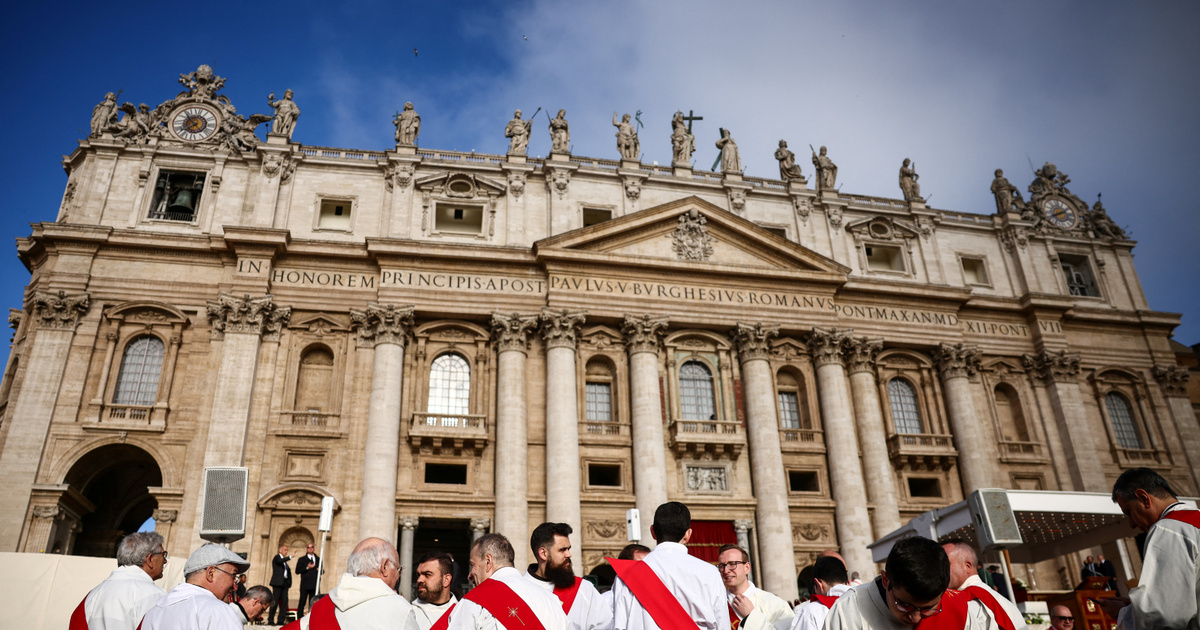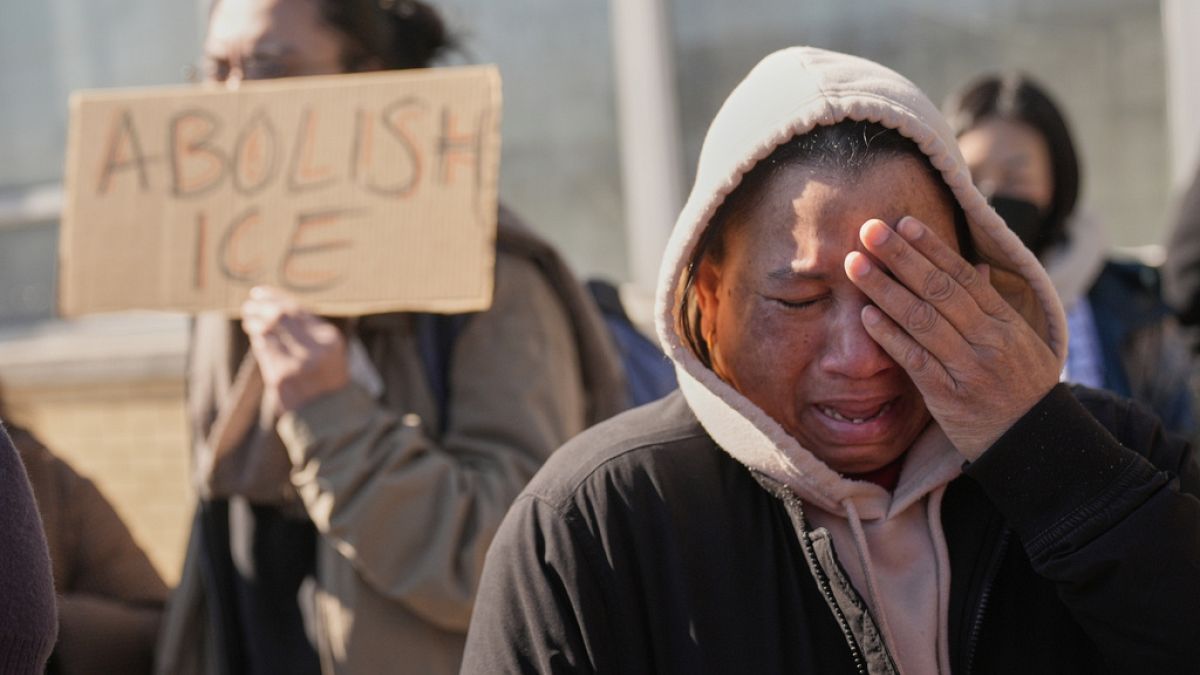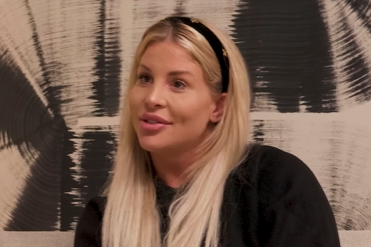British Prime Minister Boris Johnson said on Monday that relaxation to curb the coronavirus epidemic in England may start on March 8. Johnson directly pointed to the fact that as a first step in opening, students could return to schools.

The British Prime Minister will inform the House of Representatives in London Monday afternoon of the schedule for lifting restrictions, and a press conference will be held in the evening.
In an initial statement issued by Downing Street at dawn on Monday, Johnson said the plan he is drawing during the day aims to solve the shortfall by taking cautious steps.
He stressed that the government has always considered the most important measure of mitigation to allow children to return to school, as this is extremely important not only for their education but also for their mental and physical safety.
The British government also makes it one of the most important tasks in which people must finally meet their loved ones in safe conditions.
The government is acting with caution
However, Boris Johnson also stressed that every step in lifting restrictions will be determined on the basis of the latest available data, and the government will be careful not to undermine the progress made thus far in curbing the pandemic by sacrificing the population.
That is why the UK government has put in place a four-point standards system, and all four conditions must be met before taking any further steps to ease restrictions.
Accordingly, the removal of the ban could go forward if the vaccination program continues successfully, if the evidence shows that coronavirus vaccines reduce the number of hospital admissions and coronavirus deaths among those vaccinated if current infection rates are not threatened. Needing hospital treatment to an extent that would put an unsustainable pressure on the NHS or in the absence of a new virus variant that fundamentally alters the perception of risk.
According to Monday’s description of Downing Street
All four of these criteria are currently met,
Thus, on March 8, the government will take the first step towards easing restrictions.
According to the Prime Minister’s Office in London, the date was chosen because, according to the British government’s Joint Vaccination Committee (JCVI), a degree of protection is already being achieved in the four most vulnerable subpopulations on the body’s vaccination schedule.
February 15 was the goal
At the top of the priority vaccination list of the Joint International Committee for the Care of Residing Children and Caregivers in Nursing Homes over the age of 80 and those working on the front lines of healthcare and care services, followed in chronological order 75, 70, 65, 60, 55, and finally followed by People over the age of 50.
The first official goal was to have at least the first dose of the Coronavirus vaccine available to all members of the first four at-risk groups on the JCVI priority list by February 15, this past Monday.
This goal was achieved one day before the deadline,
JCVI experts say that in this group, protection is developing three weeks after the first dose of the vaccine, at the latest by the March scheduled for first dilution measures.
Boris Johnson previously stressed that the pace of the cautious opening is only possible because the government is determined to make the lifting of restrictions irreversible and that the current nationwide lockdown since early January, now the third since the start of the pandemic, would be the last such a restrictive measure.












































